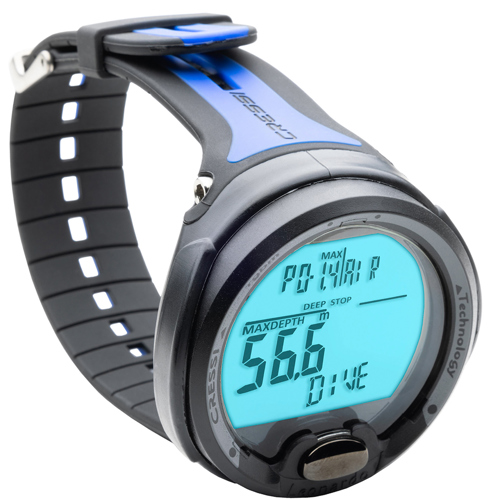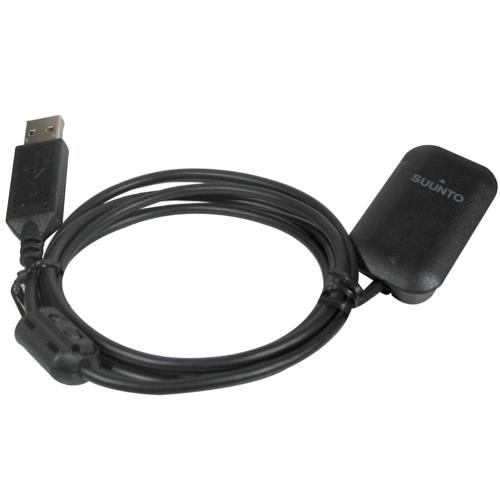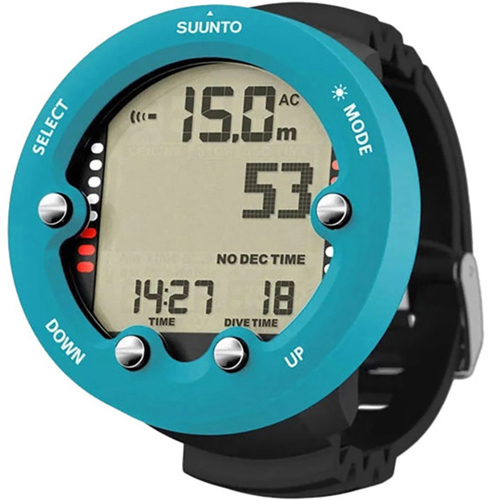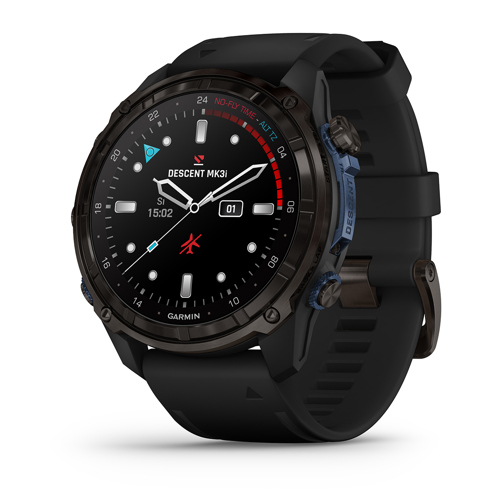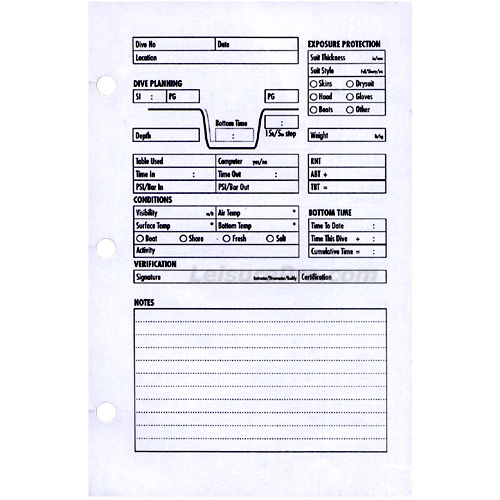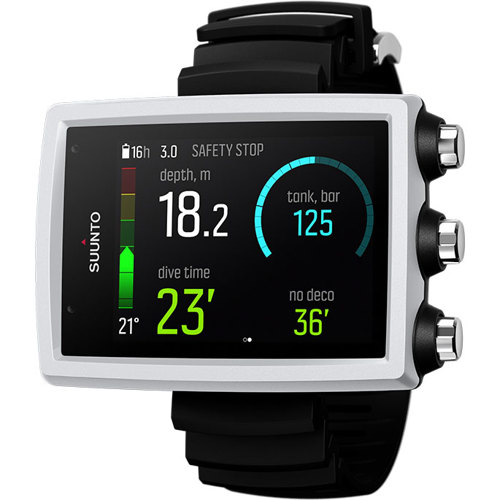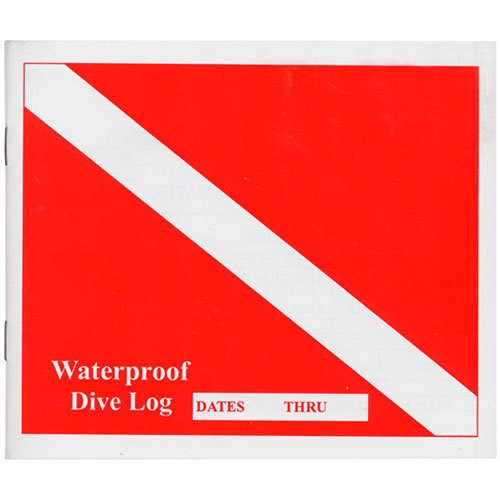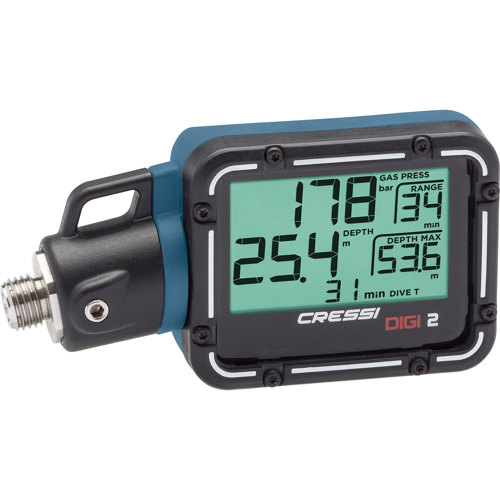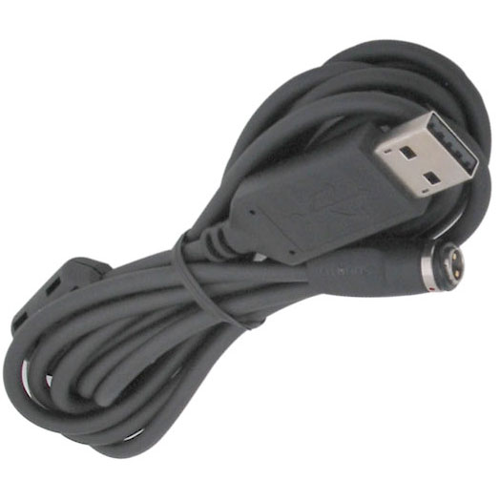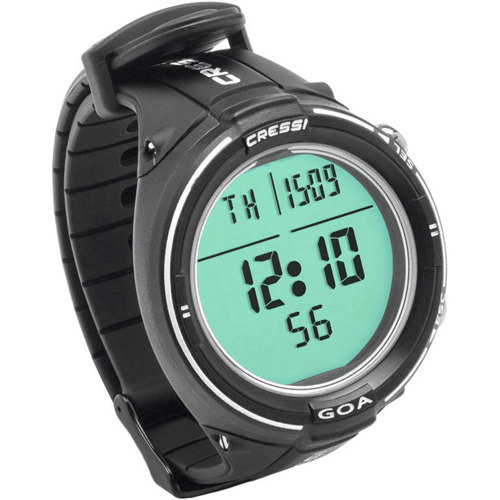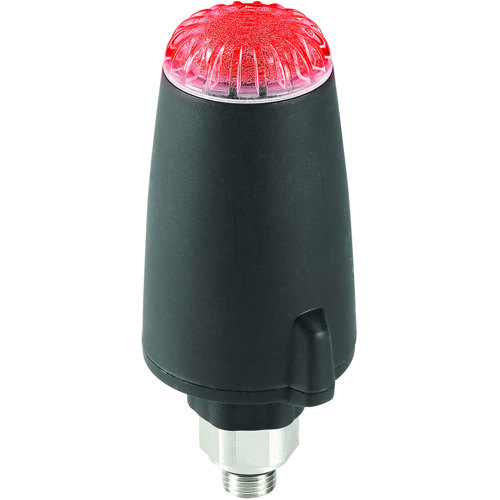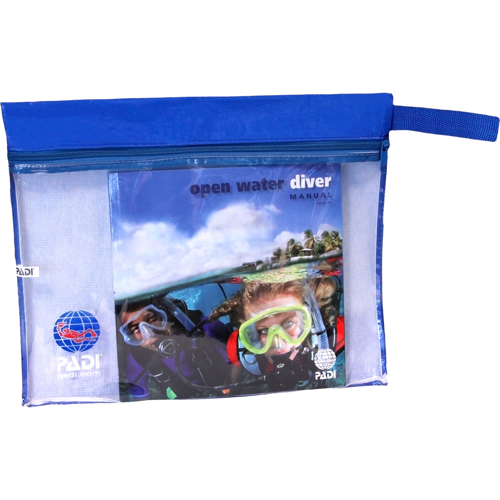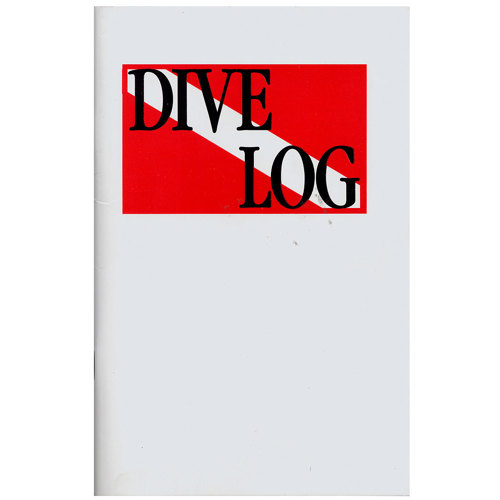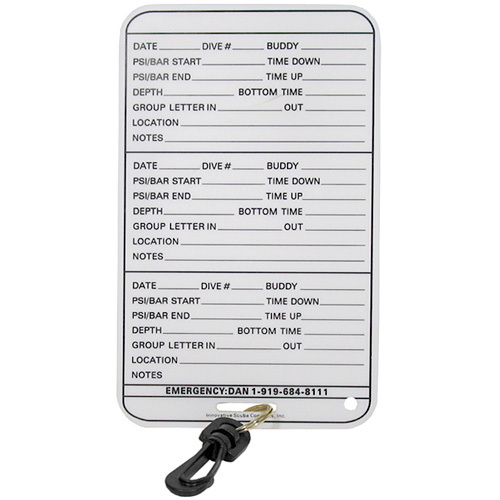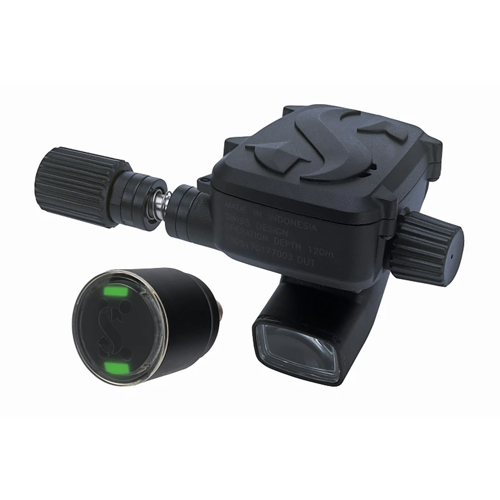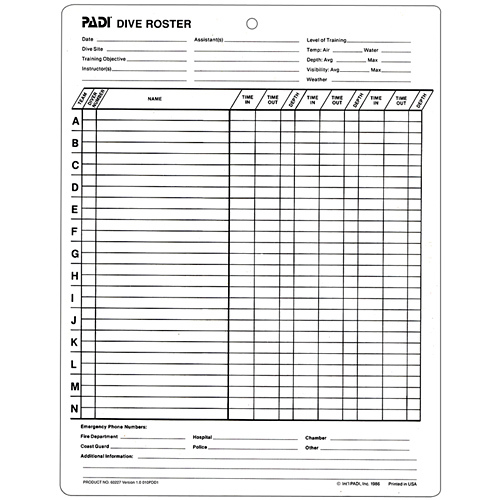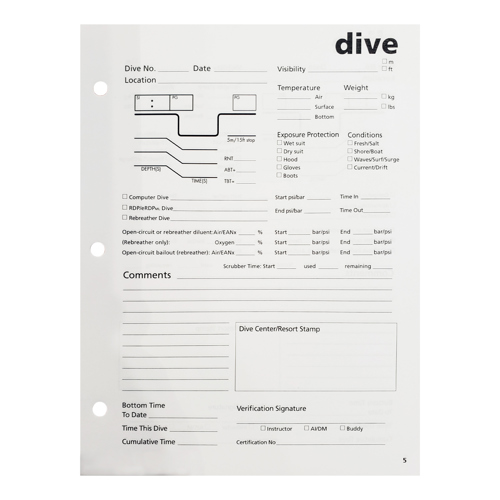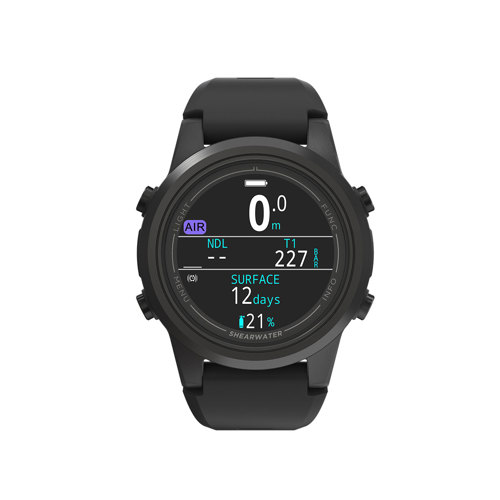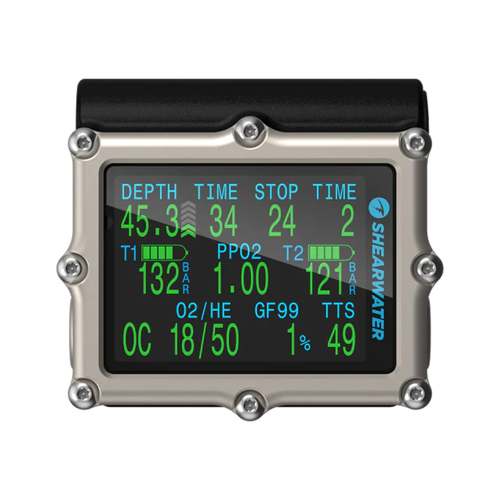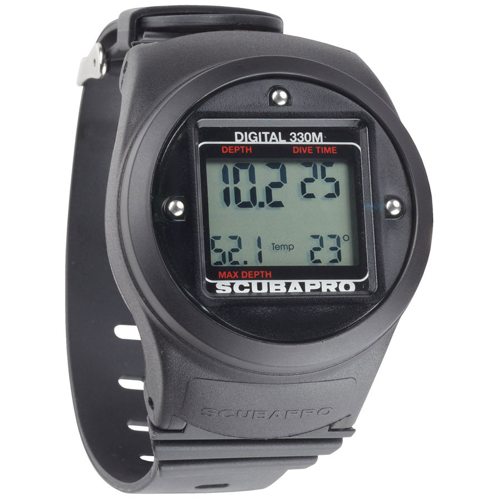Scuba diving and snorkeling are more than just hobbies—they are gateways to an entire underwater world, drawing a diverse community of adventurers, naturalists, and thrill-seekers. Whether you’re a seasoned diver with decades of experience or a newcomer eager to earn your first certification, understanding and tracking dive statistics is a crucial part of the journey. Dive statistics encompass a wide range of data points, from dive duration, maximum depth, and water temperature, to gas consumption rates and surface intervals. These metrics matter not only for personal growth and safety but also for planning future dives and sharing experiences with others. For many divers, especially those in the 40+ age range who make up a significant portion of the active diving community, the ability to monitor and record dive statistics helps ensure safe, enjoyable outings. As summer peaks in July and dive sites reach their most inviting conditions, the importance of reliable, easy-to-read dive data becomes even more apparent. The season brings warmer waters, increased visibility, and longer daylight hours, making it an ideal time for both solo explorers and families to immerse themselves in underwater adventures.
Choosing the right equipment for tracking and displaying dive statistics is a thoughtful process, influenced by individual diving habits, technical needs, and personal preferences. Recreational divers may prioritize user-friendly devices that log essential data like depth, time, and ascent rates, while technical divers often require advanced features such as mixed gas compatibility, decompression algorithms, and wireless air integration. For those who enjoy sharing their passion, dive data displays make excellent gifts—perfect for celebrating milestones like a new certification, a memorable trip, or a birthday. Imagine gifting a loved one a tool that not only enhances their safety but also deepens their connection to the underwater world, allowing them to relive each dive and track their progress over time. Dive instructors and dive club leaders also benefit from robust data tracking, as it aids in student training, incident prevention, and group coordination. Even casual snorkelers and freedivers are increasingly adopting technology to monitor their excursions, capturing statistics that help them improve technique and stamina.
The value of accurate dive statistics extends beyond personal enjoyment; it plays a pivotal role in overall dive safety and industry research. Reliable data logs help divers avoid common pitfalls such as gas management errors or improper ascent rates, both of which are leading contributors to diving incidents. By reviewing past dives, individuals can identify patterns, refine their skills, and make informed decisions about future outings. In regions like California, where millions of dives and snorkeling days are logged annually, aggregated dive data also supports conservation efforts and economic studies, highlighting the vital contribution of underwater sports to local economies. For those interested in exploring the full range of tools available for monitoring and displaying dive statistics, our curated list of
Dive Data Displays offers options suited to every experience level and diving environment. Whether you’re gearing up for a summer getaway, seeking the perfect gift for a fellow enthusiast, or simply aiming to enhance your own underwater adventures, investing in the right dive statistic tools is a step toward safer, more rewarding dives—season after season.
Top Picks For Dive Statistics

